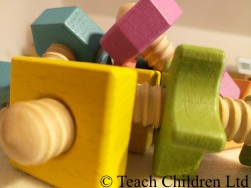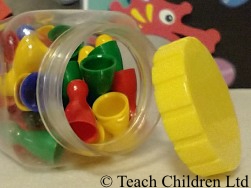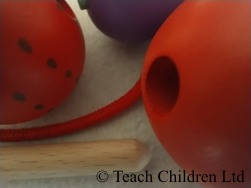Hand dominance

Hand dominance is where one hand has more influence or control than the other. This is sometimes referred to as hand preference, where one hand is preferred or chosen over the other, as it is more reliable in performing a range of skilled activities (handedness).
Children tend to develop hand dominance between the ages of 3-5 years old, for some it may be slightly later and for a few it does not become a subconscious decision until they are 8 or 9 years old. Many children will naturally develop a clear right or left hand dominance which is greatly influenced by their genetics.
Hand dominance becomes more important as a child matures and begins to learn and master the key skill sets they need for school; such as how to use scissors and write. These kinds of activities require one hand to have good and controlled fine motor skills (action/dominant hand) while the other hand either holds, feeds or stabilises an object (supporting/helper hand).
How to check if my child is right or left handed

- Place an object in the middle of the table in front of the child, do this several times, and watch which hand they use to pick it up.
- Watch which hand they use to hold a brush to clean their teeth.
- When opening boxes or jars watch which hand holds the jar (supporting hand) and which one takes off the lid (dominant hand).
Watching how a child performs these types of tasks can help you to discover a child’s hand dominance or in slightly older children (5 - 6 yrs old) whether extra support in developing a hand dominance is needed.
Activities to identify the dominant hand

- Screw lids on and off jars.
- Assemble nuts and bolts
- Pushing cars or trains around a track laid on the floor
- Using tools such as a hammer or screwdriver
- Hanging up clothes or other objects
- Pouring or putting things in to different size containers
- Pick-up games using a finger pincer grip (usually needed to pick up smaller items)
- Ball skills, rolling or bowling with one hand (start with a larger ball moving to smaller)
- Lacing cards, sewing and bead stringing (start large then move to small)
- Cookie cutter in clay or dough

